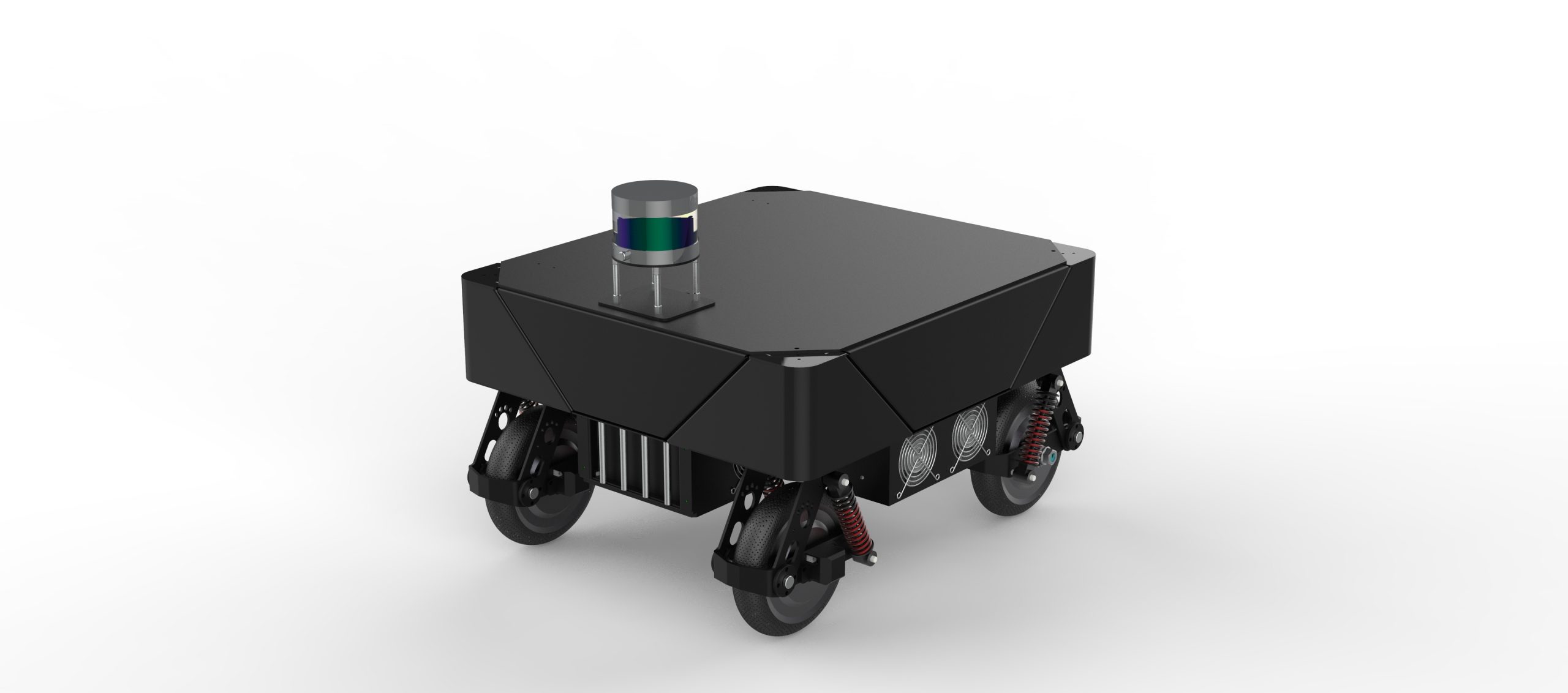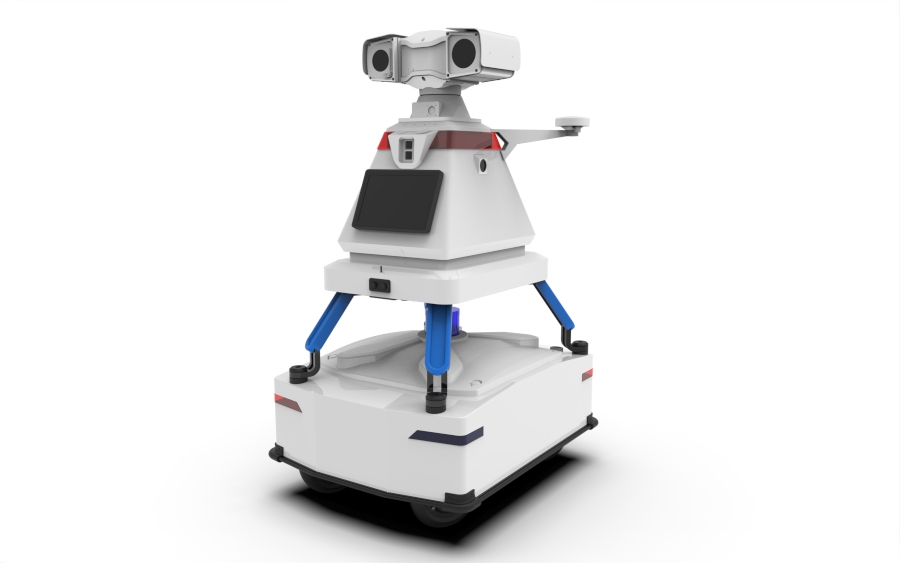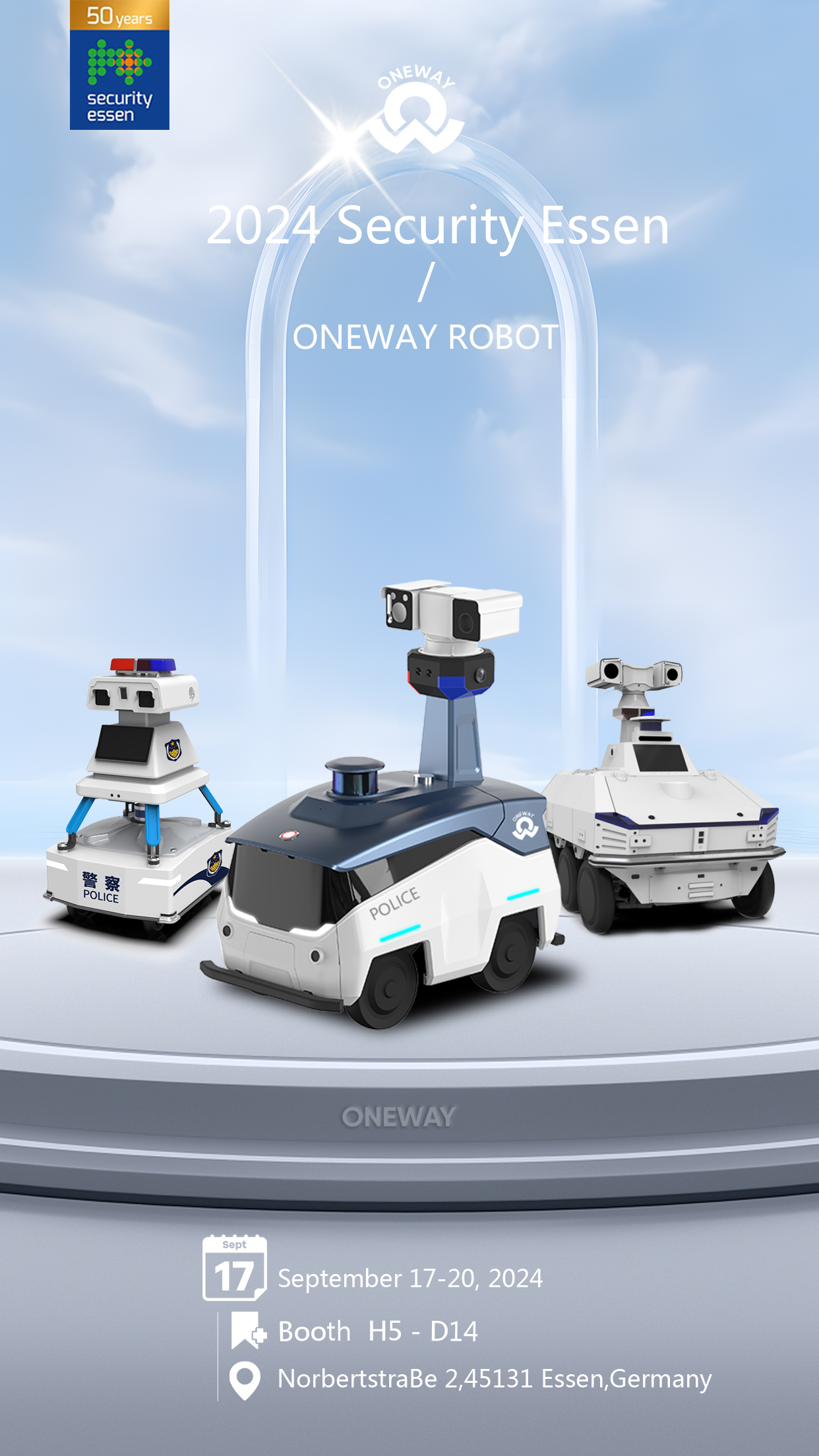
The four-wheel drive (4WD) robot chassis is a versatile and robust platform designed to enhance the mobility and functionality of robots across various applications. This type of chassis is characterized by its four wheels, each powered by an independent drive motor, allowing for superior traction and control. Here are some key features, advantages, and applications of a 4WD robot chassis:
Key Features
-
Independent Drive System: Each wheel in a 4WD chassis is equipped with its own motor, enabling precise control over the robot’s movement. This independent drive system allows for better maneuverability, particularly in challenging terrains.
-
All-Terrain Capability: The 4WD chassis is engineered to handle diverse and rugged environments, such as steep inclines, loose gravel, sandy dunes, and muddy fields. This capability makes it ideal for outdoor applications where traditional wheel systems may fail.
-
High Load-Bearing Capacity: Designed to support substantial weights, a 4WD chassis can carry heavy payloads, including sensors, cameras, and other equipment. This feature is critical for industrial automation tasks that require transporting tools or materials.
-
Enhanced Stability and Balance: The four-wheel configuration provides a stable base, reducing the risk of tipping over, even on uneven surfaces. This stability is crucial for maintaining accuracy in operations like mapping or surveillance.
-
Modular and Customizable Design: Many 4WD chassis systems are modular, allowing users to customize the robot by adding or removing components such as robotic arms, additional sensors, or specialized tools. This flexibility is essential for adapting the robot to specific mission requirements.

Advantages
-
Improved Maneuverability: The independent wheel control allows the robot to execute complex maneuvers, such as turning in place or navigating tight spaces, which is beneficial in crowded or confined environments.
-
Durability and Reliability: Built to withstand harsh conditions, 4WD chassis systems are typically rugged and durable, ensuring reliable performance over extended periods and in challenging situations.
-
Energy Efficiency: Advanced drive systems and optimized wheel configurations help in conserving energy, making 4WD robots suitable for long-duration missions without frequent recharging.
-
Versatile Applications: Due to their adaptability, 4WD chassis robots are used in a wide range of applications, including agricultural automation, security patrols, search and rescue operations, and autonomous delivery systems.

Applications
-
Agricultural Automation: In farming, 4WD robots can be used for tasks such as planting, weeding, and harvesting, thanks to their ability to navigate uneven and soft terrain efficiently.
-
Security and Surveillance: Equipped with cameras and sensors, 4WD robots can patrol large areas, providing real-time data and enhancing security measures in places like airports, warehouses, and industrial sites.
-
Search and Rescue: In disaster scenarios, 4WD robots can traverse debris and difficult terrain to locate and deliver aid to individuals, making them invaluable tools in emergency response efforts.
-
Autonomous Vehicles: The adaptability and strength of 4WD systems make them suitable for autonomous vehicles tasked with delivering goods or navigating complex urban environments.
-
Exploration and Research: In environments like forests, deserts, or even other planets, 4WD robots are used to gather data and conduct research, benefiting from their ability to tackle varied terrain types.
Conclusion
The four-wheel drive robot chassis represents a critical innovation in robotic mobility, combining flexibility, strength, and adaptability. Its ability to navigate difficult terrains, carry heavy loads, and perform a wide range of tasks makes it an essential component in the development of autonomous robotic systems across numerous industries. As technology continues to advance, 4WD chassis systems are expected to play an increasingly significant role in the automation and optimization of tasks traditionally performed by humans.







